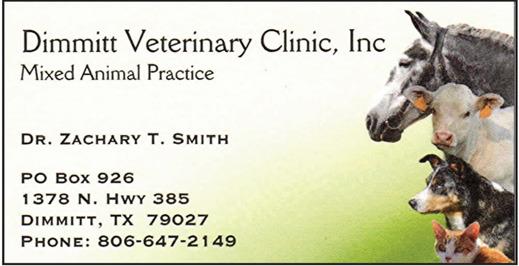Cattle owners assessing land and livestock after wildfires need to carefully examine their animals to determine the next steps, said Texas A&M AgriLife Extension Service experts.
First and foremost, without risking personal safety, make efforts to either move cattle out of the path of a fire or at least cut fences or open gates where they can possibly escape the path of the fire, said Ron Gill, Ph.D., AgriLife Extension livestock specialist and professor in the Texas A&M Department of Animal Science, Bryan-College Station.
“Do not let any cattle reenter an area that is still hot from being recently burned,” Gill said.
Evaluate cattle as soon as possible once out of the path of the fire, said Jason Smith, Ph.D., AgriLife Extension beef cattle specialist in Amarillo and associate professor in the Department of Animal Science.
“A single, immediate evaluation will not be enough, but it is a necessary starting point,” Smith said.
For complete cattle evaluations and management after the fires, the following care guidelines were provided by Smith, Gill and Karl Harborth, AgriLife Extension livestock specialist and assistant professor in the TexasA&M Department ofAnimal Science, Corpus Christi.
-Some affected cattle, particularly cattle with scorched hooves, may not begin to show signs or symptoms for days to weeks following the fire. Be mindful of this and continue to evaluate cattle regularly over the coming weeks.
-Pay close attention to extremities, particularly hooves, udders, testicles, sheaths and soft tissues, such as eyes and muzzles.
-Consult your veterinarian as soon as possible for help diagnosing issues and developing a strategy to treat burns and injuries, manage pain and provide a recovery prognosis.
-Cattle with a low likelihood of recovery should be critically analyzed due to the extent of their injuries and mobility. Cattle with severe tissue damage or mobility issues may not be accepted by the processing plant, so be mindful of that before loading and transporting them.
Smith said nutrition will be key in helping affected cattle recover, as nutrients fuel the animal’s immune system.
Do not overlook the importance of water. Greater than normal activity and movement of cattle displaced by the fire will increase their water requirements. However overly thirsty cattle will overdrink. When possible, cattle that have been without water for more than a day should be slowly adapted back to water by providing them with access to small amounts of water — 3 to 5 gallons at a time for cows and bulls, 1 to 2 gallons at a time for growing cattle — every half hour until the cattle are no longer thirsty.
A portion of cattle in a group will likely overconsume feed and water if adequate space is not provided for all cattle to eat and drink at the same time. If possible, ensure that all cattle within a group can access feed simultaneously, and that the water supply can keep up with the demand from cattle.
Good quality hay and a mineral supplement will be the most beneficial for cattle that cannot immediately return to pasture or rangeland. Low- and medium-quality hay will likely need to be supplemented with a protein and energy supplement.
Be mindful of not over-supplementing cattle that were not previously supplemented with a similar amount and type of supplement — or that have not had access to those feedstuffs over the past few days. Overfeeding them will likely do more harm than good and can lead to issues in cattle that may have otherwise survived the fire unharmed.
Pay close attention to cowcalf pairs, as the spring calving season recently began for many operations. Burned or singed udders may result in calves not being allowed to nurse. In those situations, calves should be bottle-fed with a milk-proteinbased milk replacer until the dam allows the calf to resume nursing.

